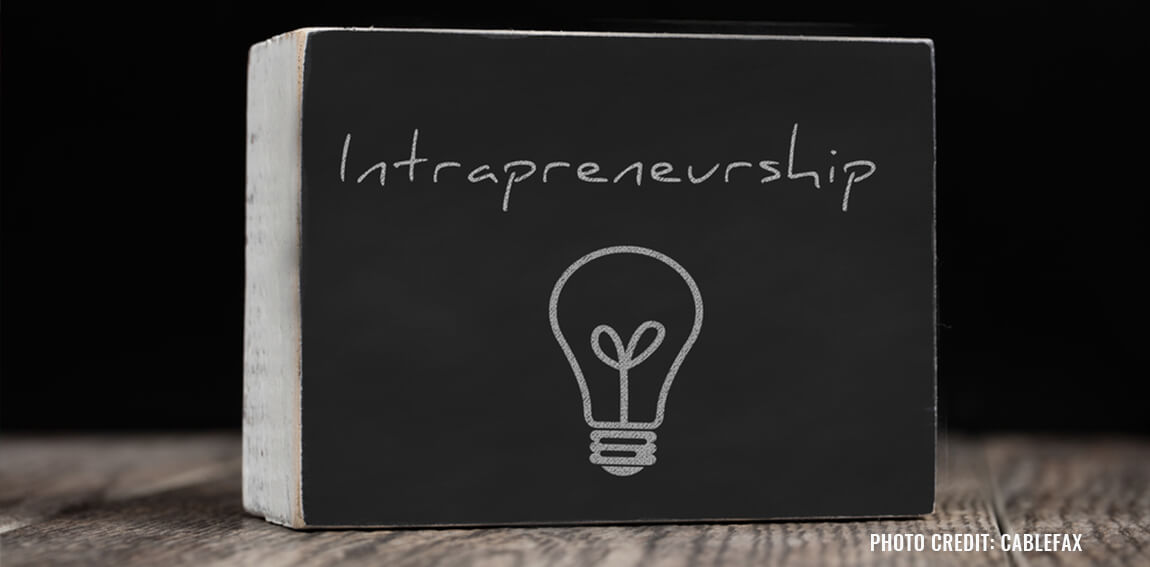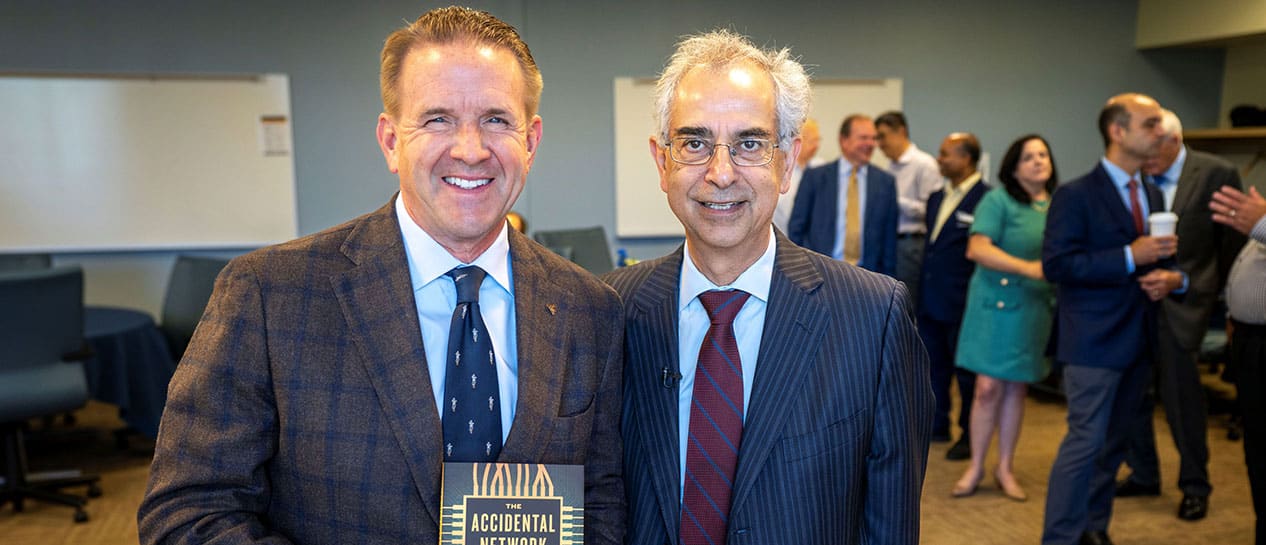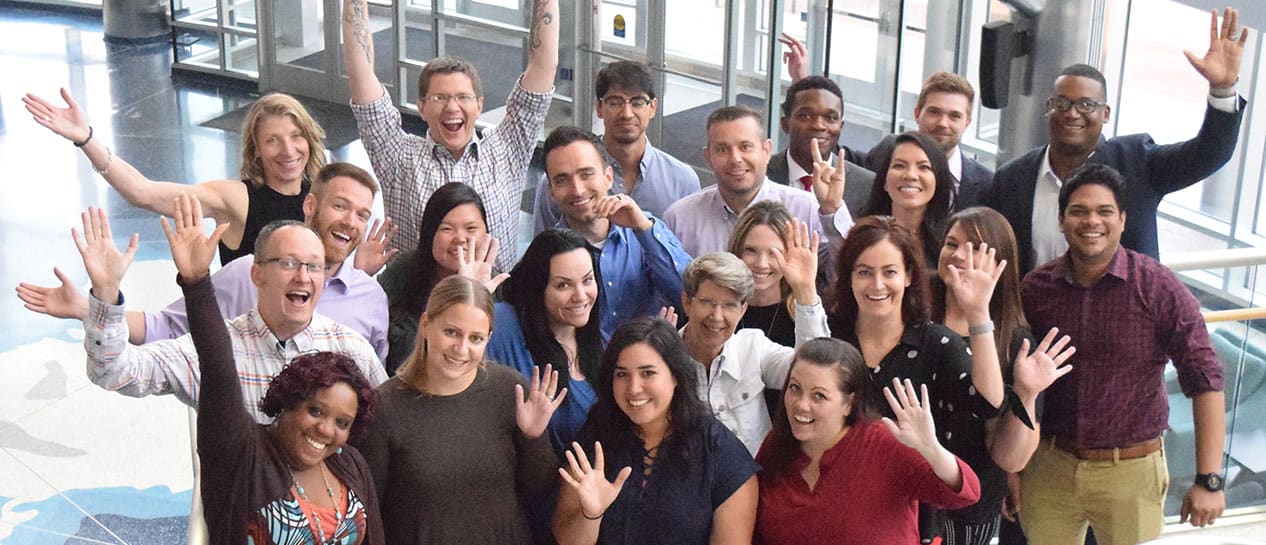The Cable Center revealed a new five-year business plan Tuesday that included an expansion of its Intrapreneurship Academy. It will now offer two courses under the Academy’s umbrella: Driving Innovation and Leading with Agility.
Cablefax sat down with course instructors Dr Pamela Meyer and Robyn Bolton to discuss everything from defining innovation to measuring the program’s success long-term.
How do you define what terms like intrapreneurship and agility mean, and translate those skills into a course?
RB: Innovation, intrapreneurship, they are totally buzzwords and as a result, can be very meaningless. We acknowledge that from the start. We define innovation, and we define it as something different that creates value. Maybe it’s not new to the world, but it could be new to your organization. We keep going back to that definition and then talk about how intrapreneurs are entrepreneurs inside of companies. They solve problems, innovate and they are also constrained by what the company’s priorities are, so they have to make sure that what they do supports the company.
PM: Agility and innovation go hand-in-hand. I describe agility as the ability to respond effectively to the unexpected and unplanned, and quickly turn challenges into opportunities. Because of that as a performance statement, we can translate it into actual specific skills and things that people can intentionally do.
How can employees practice being agile?
PM: Even when we do find ourselves invigorated by change and new challenges, we tend to gravitate back to our comfort zone, which is where some of these habits Robin and I are teaching help people to be more intentional. It isn’t about creating a new routine as much as having practices you can draw on, whether it is in the midst of disruption or a new opportunity. I use a lot of improvisation and embodied learning practices that I translate into business settings, and most of those are designed to give people lived experiences of being effective in the midst of very uncertain situations, but they’re also things that people who take the course will learn, can take back to their teams and create these playful disruptions to be sure we keep people in that lively, engaged mindset.
How can companies encourage those within their organizations to think and operate with intrapreneurship and agility in mind?
PM: Leadership buy-in is critical in all initiatives. We have to start with being sure there is a critical mindset shift. Even when people understand the business case, the mindset shift comes slower because people are used to doing things a certain way and many top executives have built their way up through their careers in a much more hierarchical way. Now we’re saying to support the ongoing success, you have to get out of the way a little bit. They truly are hard habits to break. Sometimes, it’s making the humanistic case. We see huge research that shows that when we build out these capacities, we improve retention, we see less turnover and we also see people who have stronger career paths overall.
What misconceptions are there about what terms like innovation really mean and putting them into action?
RB: People come in and say “I don’t know why I’m here. I’m not innovative.” That’s why we break it down. A huge part of what we teach in Driving Innovation is that there’s a process. You don’t have to solve everything all at once. Through the applied learning, we give them the experience of it. People decide with their hearts and they justify with their heads. People need to feel the change and they need to feel that they can do it and they have done it. That way, in their heads, they can believe it, share it and teach it. It’s giving people a safe place to experiment, to try and to figure things out—not do things perfectly, but learn from it.
What metrics can graduates of the program use to measure the benefits of implementing these skills?
RB: People go through highs and lows in the eight weeks. We openly talk about that every week when we get together as a cohort—what tools, what skills are people using to come out of those low points. It’s also in building a habit around recognizing that you took a step forward and learned something. Find the small wins, recognize those and hold onto those. All of this work takes at least twice as long as you think it will and four times as long as you think it should. That’s normal. During the class, we also have a Slack workspace that’s very active. We keep that open indefinitely so that communication channel is literally a click away for people.
Original article: https://www.cablefax.com/daily/the-daily-january-22-2021#5qs-cable-center-talks-building-a-more-agile-intrapreneurial-industry



